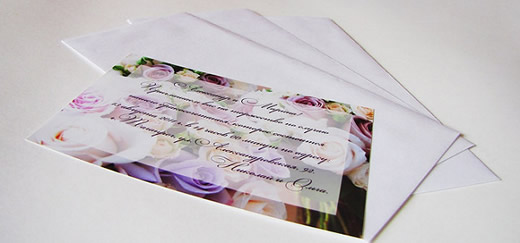Creating and sending invitations is a fundamental step when planning a wedding. Even if you and your fiance have already announced your engagement, you should still send invitations to everyone who you want to attend. However, you’ll want to avoid making the following mistakes with your wedding invitations.
Emailing Invitations
Inviting guests to your wedding via email is poor etiquette and should be avoided in most circumstances. Guests typically expect a paper invitation, and sending an email invitation may reflect poorly on your planning. Furthermore, not everyone checks their email on a regular basis, so there’s a possibility that your email invitations will not be opened.
Including Registry Information
Registering for wedding gifts is a great way to prevent duplicate gifts while also ensuring that you and your soon-to-be spouse receive gifts that you actually want. But you should not list the stores at which you’ve registered on your wedding invitations. Much like emailing your wedding invitations, this is bad etiquette. Instead, spread the word about your wedding registry (or registries) via word of mouth.
Using Regular Postage
Don’t assume that standard letter stamps will cover the cost of postage for your wedding invitations. Far too many couples make this mistake, only to realize their invitations have been returned. To ensure proper delivery, take your wedding invitations to a local USPS office. They’ll measure and weigh your invitations, quoting you an exact amount for postage. You can also use the USPS’ online tool to calculate the cost of postage.
Tip: stick with rectangular-shaped invitations, as postage for square-shaped letters costs more.
Sending Too Early… or Too Late
Timing is critical when mailing wedding invitations to your guests. If you send them to early, some guests may forget about your wedding. But if you send them too late, some guests may not be able to take off work or make the necessary arrangements to attend.
So, when should you send wedding invitations? A good rule of thumb is to mail your invitations between six and eight weeks before the wedding. This is the sweet spot that provides guests with ample time to make arrangements so they can attend while still remembering when and where your wedding will take place.
Omitting Key Information
Of course, there’s certain information that should be included in all wedding invitations, such as you and your fiance’s names, the wedding date and time, and the venue name and address. You may also want to include a reception card with detailed information about the reception.
Photo credit: Olga Reznik
